Ashwini Jaya Kumar
Towards a Knowledge Graph based Speech Interface
May 23, 2017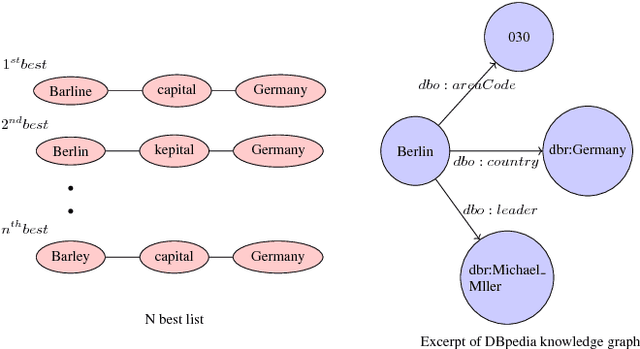

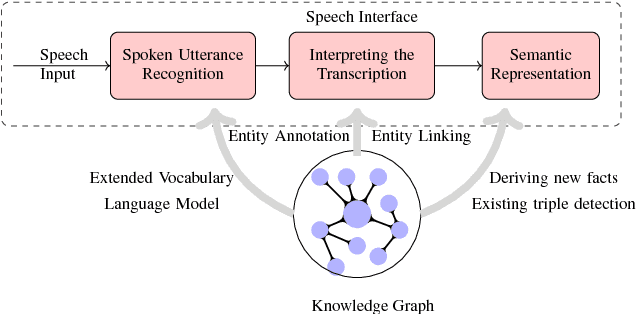
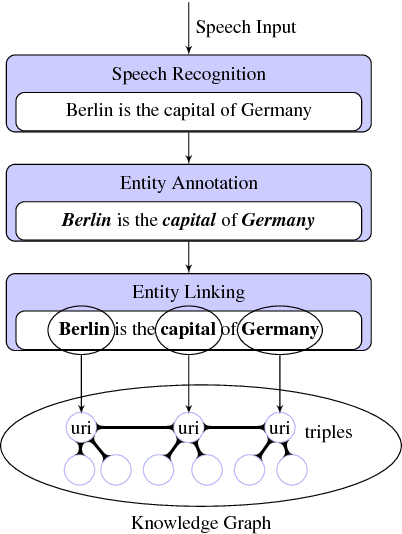
Abstract:Applications which use human speech as an input require a speech interface with high recognition accuracy. The words or phrases in the recognised text are annotated with a machine-understandable meaning and linked to knowledge graphs for further processing by the target application. These semantic annotations of recognised words can be represented as a subject-predicate-object triples which collectively form a graph often referred to as a knowledge graph. This type of knowledge representation facilitates to use speech interfaces with any spoken input application, since the information is represented in logical, semantic form, retrieving and storing can be followed using any web standard query languages. In this work, we develop a methodology for linking speech input to knowledge graphs and study the impact of recognition errors in the overall process. We show that for a corpus with lower WER, the annotation and linking of entities to the DBpedia knowledge graph is considerable. DBpedia Spotlight, a tool to interlink text documents with the linked open data is used to link the speech recognition output to the DBpedia knowledge graph. Such a knowledge-based speech recognition interface is useful for applications such as question answering or spoken dialog systems.
Use of Knowledge Graph in Rescoring the N-Best List in Automatic Speech Recognition
May 22, 2017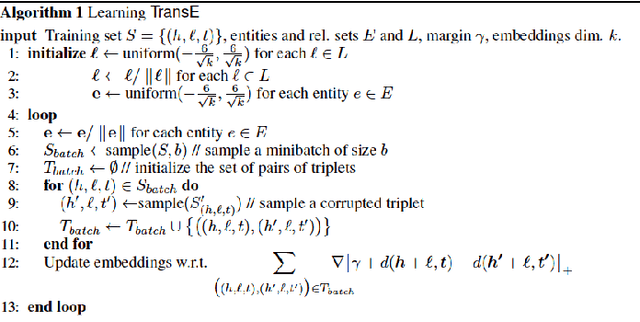
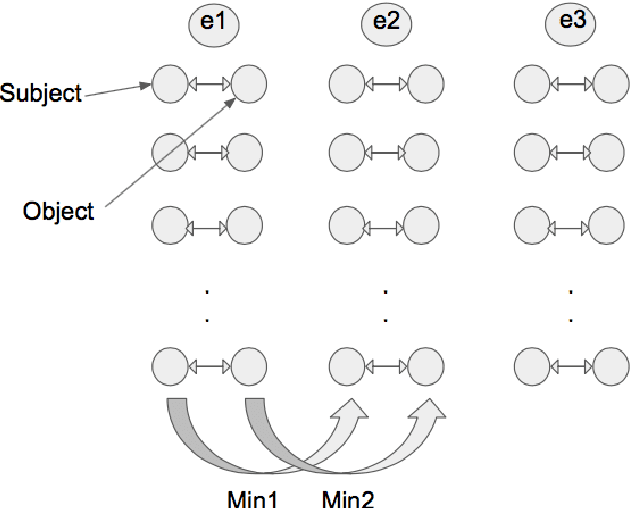
Abstract:With the evolution of neural network based methods, automatic speech recognition (ASR) field has been advanced to a level where building an application with speech interface is a reality. In spite of these advances, building a real-time speech recogniser faces several problems such as low recognition accuracy, domain constraint, and out-of-vocabulary words. The low recognition accuracy problem is addressed by improving the acoustic model, language model, decoder and by rescoring the N-best list at the output of the decoder. We are considering the N-best list rescoring approach to improve the recognition accuracy. Most of the methods in the literature use the grammatical, lexical, syntactic and semantic connection between the words in a recognised sentence as a feature to rescore. In this paper, we have tried to see the semantic relatedness between the words in a sentence to rescore the N-best list. Semantic relatedness is computed using TransE~\cite{bordes2013translating}, a method for low dimensional embedding of a triple in a knowledge graph. The novelty of the paper is the application of semantic web to automatic speech recognition.
 Add to Chrome
Add to Chrome Add to Firefox
Add to Firefox Add to Edge
Add to Edge